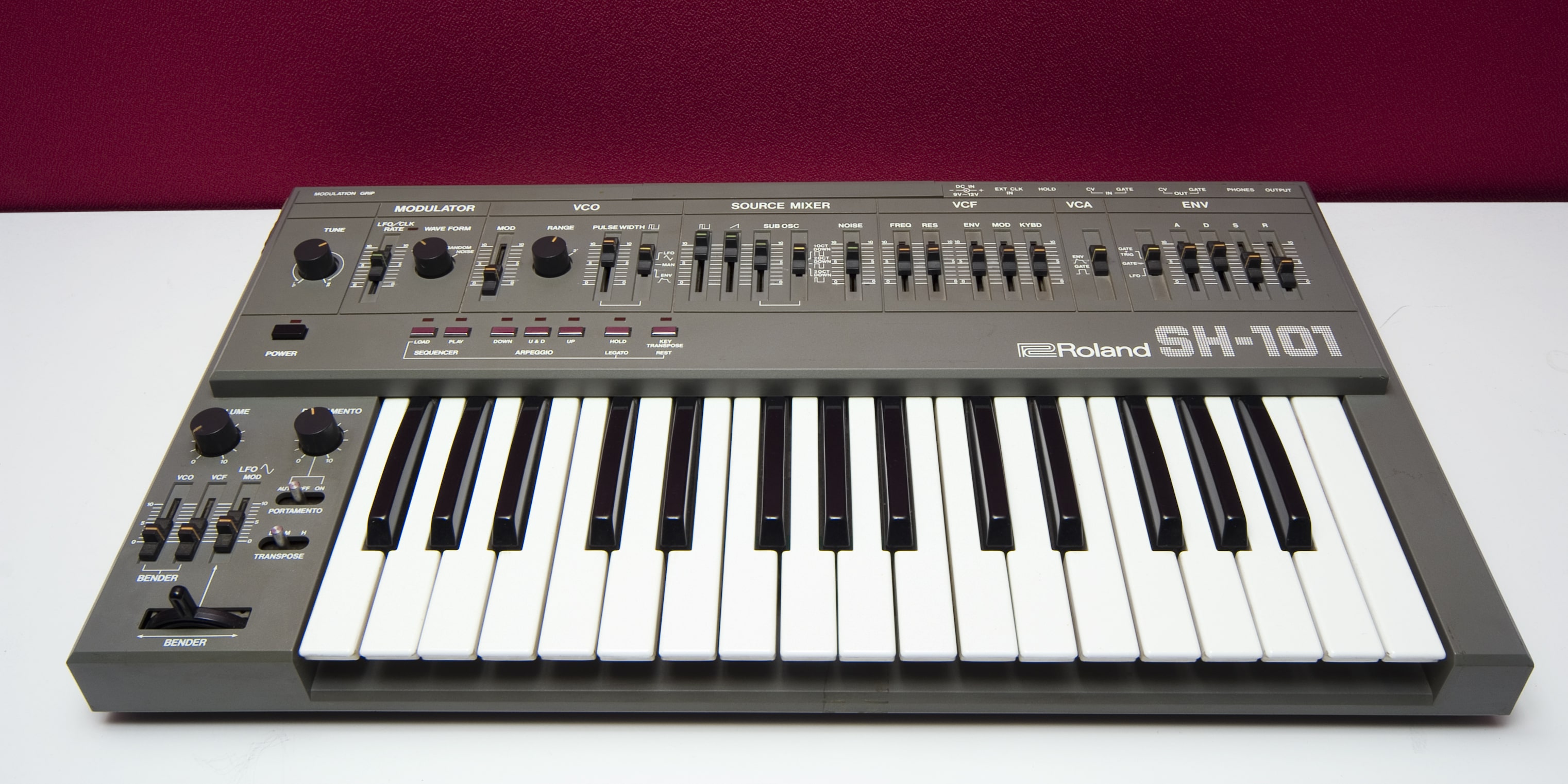


Response to the “state” command, there are active events right now, they are listed on separate lines Current module state: Wait for end HTTP-marking event:.– response to the “state” command, no events are currently in progress for this module Current module state: Wait for new HTTP-marking event.OK – the command was accepted and executed.List of all possible responses to commands:
#XEOMA GREY IN RECORDING BAR ARCHIVE#
Searching for parameters in the archive can also be done via a browser: If HTTP Marking is connected to Web Server – you will find the markings in a browser as well: If there are multiple parameters, Xeoma will put them one under another, you can have as many as you’d like: The green parts indicate the events the search has discovered, while the counter called Currently displayed shows you how many of those events were found and which of them you are currently viewing. The dialogue window will ask you for the parameters’ values (or you can search for all the values simultaneously) and the interval within which to conduct a search. With that, you can access the archive and start the Search by HTTP Marking. |HttpMarking.20|HttpMarking.24|HttpMarking.26&cmd=state You can also check the current state of one or several HTTP Marking modules using this command: To end an event, send this command to the right “HTTP Marker” (or several): The command should look something like this (all spaces will be automatically converted to %20): You can send a command to multiple markers like this: HttpMarking.1|HttpMarking.2 (every such module will have a unique ID within the server, i can be found in the module’s settings). Work Day Start, WORK DAY START, work day start or Work_day_start. The separator is “|”, you can use any letters, e.g. Now you can type in actual parameters (instead of param1, param2, etc.) and their values (instead of value1, value2, etc.). You should put your IP address instead of localhost (e.g. In order to start an event, you will need to put this URL in your browser’s address bar: You will see a list of events with this ID. Enter any of the used ID there and click the search button or hit Enter (where localhost can be replaced with your Xeoma server machine’s IP address)Ĭlick Archive link (it only appears if you already have at least one video recording)Ĭhoose a camera that you would like to view archive for, by clicking on its image: You can test it without cashier register simply by sending the HTTP commands (start and stop) in a browser address bar likeĤ: Search for needed episode the archive by ID. HttpMarking.60 with your HTTP Marking number is Xeoma (if you have several modules of this type, they will differ through this number)Ĭontinue – to continue recording (if auto-stop is enabled) Id=4 with whatever ID your register sends When event starts (for example, check begins) your cashier register will send command likeġ92.168.0.10 will be replaced with your Xeoma server machine’s IP address
#XEOMA GREY IN RECORDING BAR HOW TO#
Mostly it’s information on how to use this module and this field (not editable):ģ. Set your cashier register up in accordance with the information in HTTP Marking settings.

Connect the HTTP Marking module to the chain after the needed module, usually simply after camera and before archive. “continue” = if your cashier register is set to stop recording automatically after, say, 5 seconds yet check is taking more time this time, you can send this command to not finish the check yet.ġ. “start” = start check and start recording “id” = ID of operation or number of the check Your cashier register needs to send such information as If you are using Xeoma version 16.12.26 or older: ☟ You can later find this video in the archive using the check information. You can add dynamic text overlay from your POS (point of sale) device on recorded files with Xeoma’s module HTTP Marking.īasics behind it is that your cashier register or other POS device sends check information to Xeoma and it starts recording video associated with this check information.


 0 kommentar(er)
0 kommentar(er)
